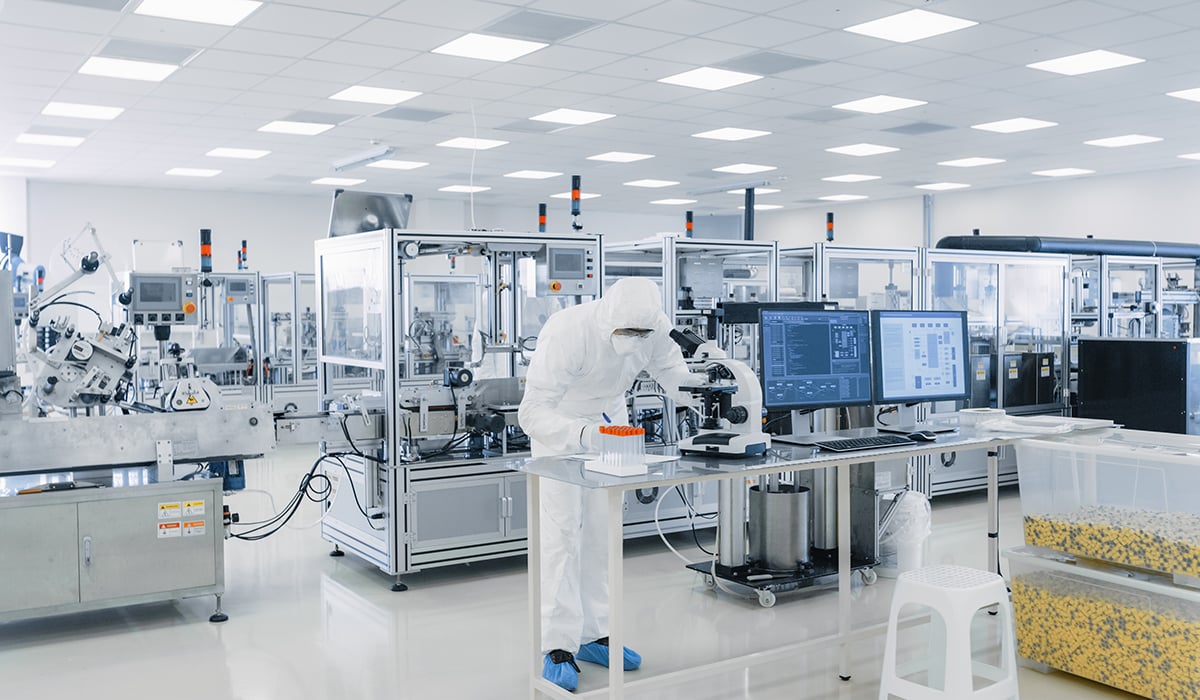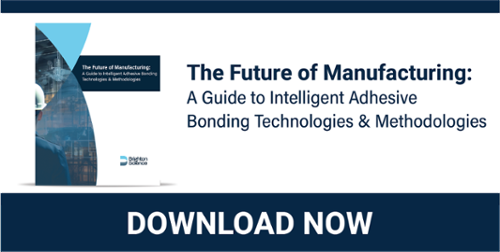In every manufacturing environment, there's one constant tension: how to move fast without breaking things. Whether you're building airplanes, cars, consumer electronics, or medical devices, the same tradeoff exists: production speed versus product quality.
But how industries respond to this tension varies widely, shaped by the stakes of failure, the economics of production, and the expectations of end users. Some sectors demand perfection at the expense of speed, while others accept a certain level of risk in the name of efficiency.
Understanding these differences helps explain why some industries tolerate more failures than others and opens the door to cross-industry learning and the potential for a smarter, more balanced approach to manufacturing.
The Automotive and Consumer Goods Approach: Volume is King

In the automotive and consumer goods sectors, speed, scale, and cost control are the name of the game. Production volumes are enormous, and profit margins are thin, especially for mass-market vehicles and everyday consumer products. Even a small increase in part cost or process time can cascade into millions of dollars in added expense. As a result, battles are often fought internally over changes that add even $1 to the unit cost of a product.
That pressure creates a particular quality philosophy: "How much failure can we afford to tolerate?"
This doesn't mean these industries are careless—far from it. But it does mean they often accept non-zero failure rates as part of the cost equation. For example, major automotive OEMs have reported that a single warranty claim for a faulty sealant in the powertrain can lead to seven lost new vehicle sales. The cost is real, but it's weighed against the speed of output.
Aerospace: Failure is Not an Option

On the other end of the spectrum is aerospace, where the tolerance for failure is essentially zero. When lives are at stake, the cost of getting it wrong is too high to risk.
Because of this, aerospace manufacturers prioritize quality, even when it slows things down. Processes are often manual, thoroughly documented, and intentionally conservative regarding material or process changes. The result is slower production, longer product development cycles, and delayed innovation. But it's the price paid for certainty and safety.
Medical Devices: The Best of Both Worlds—Out of Necessity

Medical device manufacturing presents a fascinating middle ground. Like aerospace, the stakes are high—patients' lives may depend on performance. However, unlike aerospace, the industry also demands rapid innovation and high production rates, especially in consumer-facing segments like diagnostics, wearables, and personal care.
In this environment, even the smallest failure rate is unacceptable, and speed alone is not enough. That means medical device companies have developed sophisticated methods for maintaining both pace and precision. Processes are tightly controlled, meticulously documented, and under strict regulatory oversight. Measurement and quality assurance are integrated at every stage.
Lesson: Moving fast and staying safe is possible—with the right infrastructure in place. If your team is rethinking how to balance speed with reliability, we’d love to talk. Let’s work together to bring clarity and control to your surface preparation processes—so you can build confidently at any scale.
What Can We Learn From Each Other?

Each industry's approach is shaped by its unique risks and economic drivers, but that doesn't mean these silos should stay closed. In fact, there's a lot of valuable learning to be shared:
- Automotive and consumer sectors can benefit from adopting more rigorous surface quality controls and measurement-based validation practices from the medical and aerospace industries. These don't need to slow down production, but they can drastically reduce the cost of quality failures.
- Aerospace manufacturers could explore how to safely accelerate innovation cycles by borrowing process automation, AI-based inspection, and agile development strategies from faster-moving industries.
- Medical device companies are proof that rigorous quality and high speed aren't mutually exclusive. They demonstrate a powerful model for all sectors navigating rising complexity and customer expectations.
The Path Forward: Smarter Tradeoffs Through Measurement

The key to resolving the speed vs. quality tension isn't choosing one over the other; it's about choosing to measure what matters. When it comes to processes like bonding, sealing, or coating, surface preparation is one of the most critical but often under-monitored contributors to performance and reliability.
Industries that successfully balance production efficiency with high-quality output often have one thing in common: they've embraced tools and technologies that provide real-time, quantifiable feedback.
That's where Brighton Science is helping manufacturers bridge the gap. With over 450 global customers, Brighton Science's Surface Analyst technology offers rapid, non-destructive measurement of surface conditions, helping manufacturers identify contamination and validate surface preparation across the entire production line.
Unlike legacy methods, our patented Ballistic Deposition technique captures actionable data in under three seconds on the floor where the production work is happening. More importantly, this insight doesn't live in isolation. Our BConnect platform transforms these measurements into a connected, cloud-based Surface Intelligence Network, linking quality teams, engineers, and suppliers in real-time. With BConnect, manufacturers can monitor surface preparation performance across facilities, troubleshoot issues faster, and align teams around shared quality benchmarks, all while minimizing downtime and rework.
Conclusion: A Smarter Manufacturing Future Starts with Shared Insight
Whether you build cars, aircraft, consumer products, or medical devices, you're navigating the same challenge: how to move faster without compromising reliability. The good news? The tools to do both already exist, and they're being used by manufacturers choosing to measure, monitor, and manage surface preparation more intelligently.
Adopting a more connected and data-driven approach to surface preparation, no matter your industry, will reduce failures, improve consistency, and give you the agility to innovate confidently.
Discover how your organization can modernize manufacturing without sacrificing quality or speed.
Download our eBook, "The Future of Manufacturing: A Guide to Intelligent Adhesive Bonding Technologies & Methodologies", to learn how leading companies are adopting smarter bonding processes and surface preparation strategies to stay ahead.


